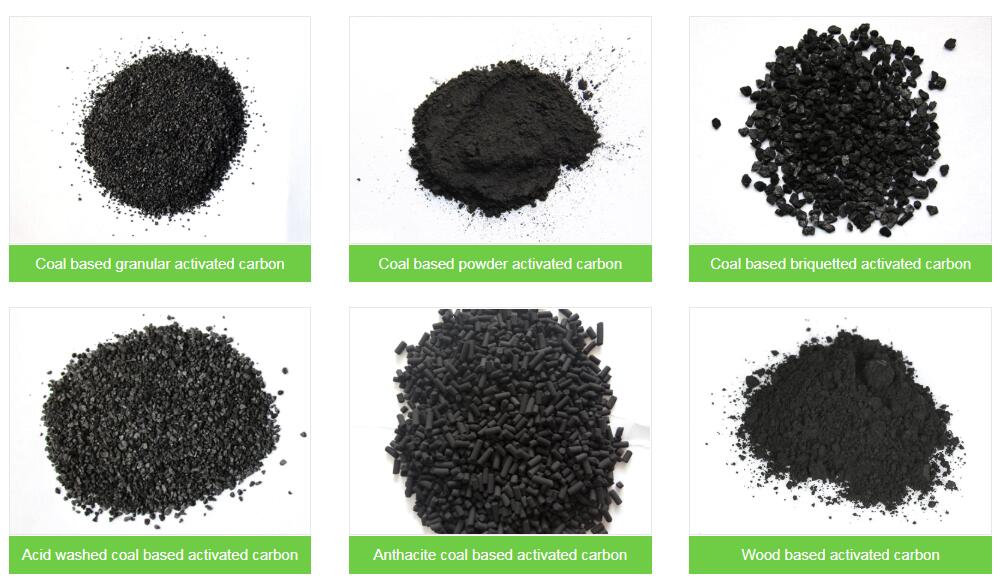Activated carbon, sometimes called activated charcoal, is a unique adsorbent prized for its extremely porous structure that allows it to effectively capture and hold materials.
About activated carbon pH Value,Particle Size,ACTIVATED CARBON PRODUCTION,Activation
ACTIVATED CARBON REACTIVATION, and ACTIVATED CARBON APPLICATIONS, please check below detail.
Activated carbon pH Value
The pH value is often measured to predict potential change when activated carbon is added to liquid.5
Particle Size
Particle size has a direct effect on adsorption kinetics, flow characteristics, and filterability of the activated carbon.¹
ACTIVATED CARBON PRODUCTION
Activated carbon is produced through two main processes: carbonization and activation.
Activated carbon Carbonization
During carbonization, the raw material is thermally decomposed in an inert environment, at temperatures below 800 ºC. Through gasification, elements such as oxygen, hydrogen, nitrogen, and sulfur, are removed from the source material.²
Activation
The carbonized material, or char, must now be activated to fully develop the pore structure. This is done through oxidizing the char at temperatures between 800-900 ºC in the presence of air, carbon dioxide, or steam.²
Depending on the source material, the process of producing activated carbon can be carried out using either thermal (physical/steam) activation, or chemical activation. In either case, a rotary kiln can be used to process the material into an activated carbon.
ACTIVATED CARBON REACTIVATION
One of the many advantages to activated carbon is its ability to be reactivated. While not all activated carbons are reactivated, those that are provide cost savings in that they do not require the purchase of fresh carbon for each use.
Regeneration is typically carried out in a rotary kiln and involves the desorption of the components that had previously been adsorbed by the activated carbon. Once desorbed, the once-saturated carbon is again considered active and ready to act as an adsorbent again.
ACTIVATED CARBON APPLICATIONS
The ability to adsorb components from a liquid or gas lends itself to thousands of applications across a multitude of industries, so much so, in fact, that it would likely be easier to list applications in which activated carbon is not used. The primary uses for activated carbon are listed below. Please note that this is not an exhaustive list, but merely highlights.
Activated carbon for Water Purification
Activated carbon can be used to pull contaminants from water, effluent or drinking, an invaluable tool in helping to protect the Earth’s most precious resource. Water purification has a number of sub-applications, including the treatment of municipal wastewater, in-home water filters, treatment of water from industrial processing sites, groundwater remediation, and more.
Air Purification
Similarly, activated carbon can be used in the treatment of air. This includes applications in face masks, in-home purification systems, odor reduction/removal, and the removal of harmful pollutants from flue gases at industrial processing sites.
Metals Recovery
Activated carbon is a valuable tool in the recovery of precious metals such as gold and silver.
Food & Beverage
Activated carbon is widely used throughout the food and beverage industry to accomplish a number of objectives. This includes decaffeination, removal of undesirable components such as odor, taste, or color, and more.
Activated carbon for Medicinal
Activated carbon can be used to treat a variety of ailments and poisonings.
Activated carbon is an incredibly diverse material that lends itself to thousands of applications through its superior adsorbent capabilities.
Hebei medipharm co.,Ltd provides custom rotary kilns for both the production and reactivation of activated carbon. Our rotary kilns are built around the exact process specifications and are built with longevity in mind. For more information on our custom activated carbon kilns, contact us today !
Post time: Jul-01-2022


